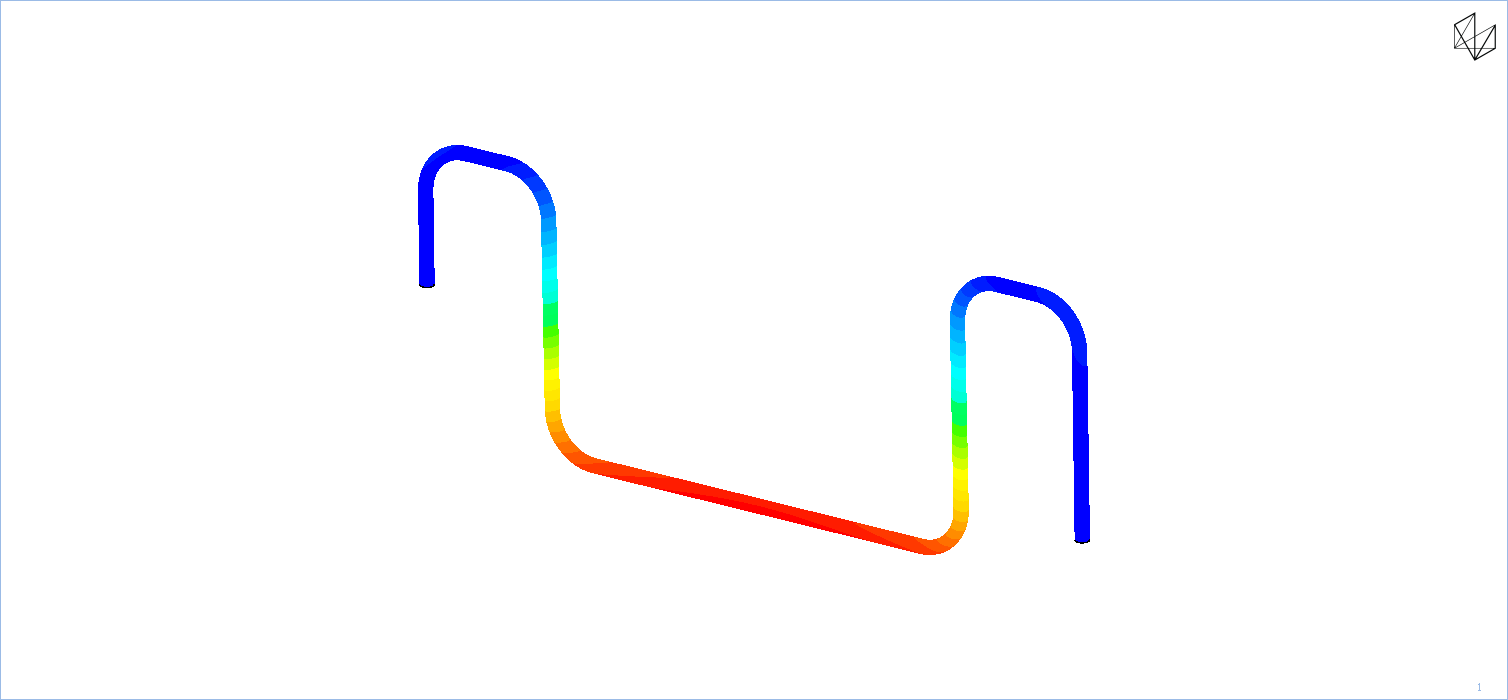In subsea oil & gas production systems, a subsea jumper, a short pipe connector that is used to transport production fluid between two subsea components, for example, a tree and a manifold, a manifold and another manifold, or a manifold and an export sled.
It is enormous structure and critical component of subsea installation
It needs to operate for at least 20 years with minimal intervention.
But Vortex Induced Vibration (VIV) reduced life of Jumper to just four-to-five years due to fatigue failure
Hence, fatigue analysis is carried out to understand + re-design + add vortex suppression system.
Fatigue analysis requires data. This data is mostly provided by experiment or from previous installation.
This data does not contain “worst case scenarios” or “new scenarios” due to change in location and dimension of Jumper. This lead to over-design or under-design of the jumper
Co-simulation can help in generating “time vs displacement” data for fatigue analysis.
Using Co-simulation, vibration of structure can be captured for several scenarios in minimal time,
- Jumper configuration
- Seabed current probability of occurrence
- Water depth of operation and
- Current flow direction
In this study, using co-simulation, vortex induced vibration of the jumper is captured. Vortex separation is modelled using CFD software (scFLOW) and pipe vibration is modelled using FE software (Marc).

